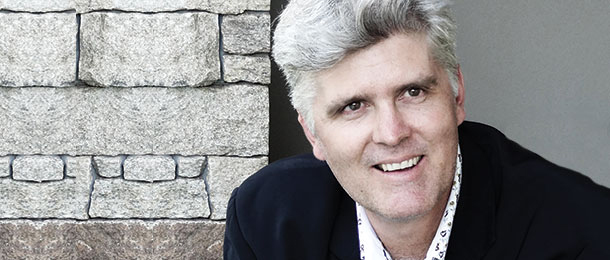The Small Independent Superannuation Funds Association (SISFA) believes constant super changes are testing the patience of ordinary Australians wanting assurances their retirement savings won’t be raided to fund budgetary shortfalls, despite the proposed interplay with the Council of Superannuation Custodians.
In regular conversations SISFA member practitioners are having with their clients, the following questions, or variations thereof, now appear to be commonplace:
“How can I plan for my retirement when they keep changing the rules?”
“I’m over super, what else is there?”
Whether the changes are real or perceived, they are equally damaging to the confidence of Australians concerned about the moving goalposts in relation to their retirement savings. People have to believe their superannuation is sacrosanct to have confidence in the retirement savings system.
Wealth tax on concessional contributions
The super changes, announced in early April, essentially retained the status quo with the 2012 budget proposals by imposing an additional 15 per cent tax (or surcharge) on concessional contributions made by or on behalf of persons earning more than $300,000 a year, commencing from 1 July 2012. This measure, if passed, will generate an additional $1 billion in government revenue over three years. What the defined ‘income’ will be is the sensitive point.
In our view, it’s really the superannuation surcharge reincarnated. Although it is proposed to only apply to high-income earners, the reality is the costs of administering such a system will be borne by all fund members, regardless of their balance or income and the damage done to the perception of superannuation may well dwarf the tax actually collected, as was the case with the failed surcharge.
Wealth tax on income stream assets
From 1 July 2014, investment earnings on assets supporting income streams above $100,000 a year will be taxed at a rate of 15 per cent. This is in contrast to the current rules where all earnings, including capital gains, from assets supporting superannuation income streams are tax-free.
By way of example, consider the impact on a $100,000 SMSF that uses a limited recourse borrowing arrangement to gear into a $400,000 post-30 June 2014 property, sold two years later for $600,000. The fund grew over that period to $300,000 net, but the member is likely to be subject to a tax positioned as only impacting on the very wealthy.
The government also announced a complicated set of rules for the treatment of capital gains under the pension tax exemption. Trustees will need to track three new sets of rules depending on whether the assets were purchased before 5 April 2013, between 5 April 2013 and 30 June 2014, and from 1 July 2014. It means more complexity, red tape and costs for super funds.
It is unclear where these changes sit with the previously confirmed 100 per cent capital gains tax exemption following the death of a pensioner or whether franking credits will be included in the assessed income.
Clarity for private unit trust investments
In better news, SISFA has recently received a favorable response to the submission it made to the Australian Taxation Office (ATO) concerning superannuation funds investing in private unit trusts and whether the 5 per cent in-house asset restriction applies.
By way of background, an investment in a related party is subject to the 5 per cent fund asset ratio limit, whereas investments made in entities other than a related party have no such restriction. In relation to unit trusts, these may be considered a related party of a member if the member’s group is deemed to control the trust.
The question under consideration was whether holding a 50 per cent interest in a unit trust means the member’s group controls the trust, thus bringing into play the 5 per cent in-house asset restriction.
This matter was raised in a SISFA Victorian chapter technical meeting, where it was reported that advisers to some banks were taking the view that a person with a 50 per cent interest in a unit trust controls the trust because that person is able to stop decisions being made by the trustee.
However, the ATO broadly supported SISFA’s view that such investments are not investments in related parties.
This is because the control test is a test that requires ‘positive actions’ to be given by the group, such that the trustee will be accustomed or under an obligation, or might reasonably be expected, to act (that is make a decision or determination) in accordance with directions, instructions or wishes being given by the group, whether those directions, instructions or wishes are communicated directly or indirectly through interposed entities.



